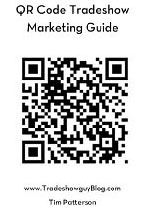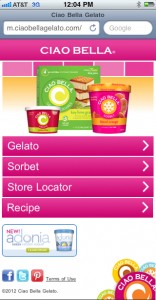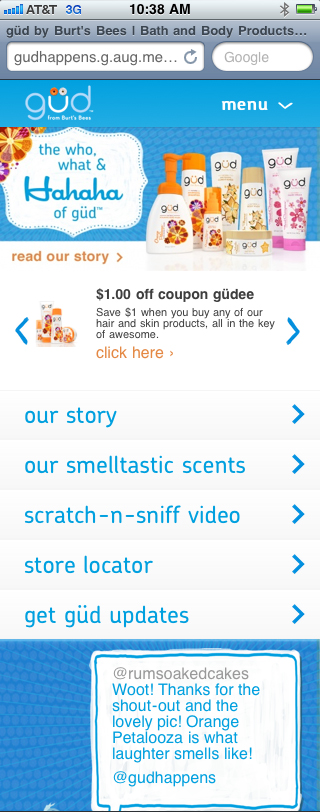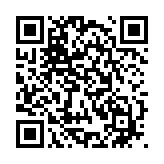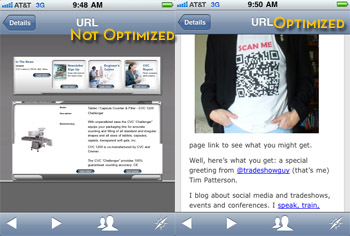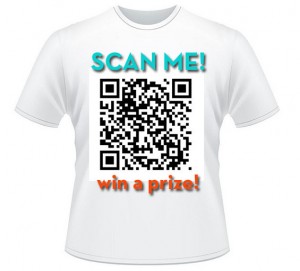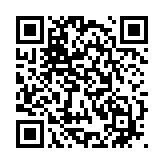Are You STILL Using QR Codes?
Are QR codes even worth using anymore?
I admit it. I carry a cell phone around with me that can read QR codes in an instant. Yeah, it’s the new iPhone 5. Works a whole a better than my last phone, the iPhone 3, which was my last phone.
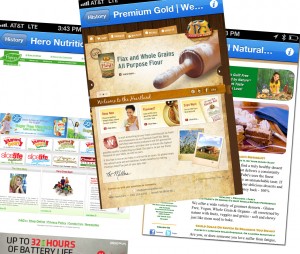
Nonetheless, I scan QR codes all the time. Why? Because I want to see if they work. And, it appears that many of them fail miserably.
Most QR codes miss at least one of the three main items that are required for a successful QR code. One, they have to be easy to scan. Two, there has to be an explicit stated reason to scan the QR code. And three, the link that you are taken to must be easy to read and optimized for a smart phone, since most QR codes are scanned on a smart phone.
When I was at Expo West in Anaheim in March of this year, I scanned about 15 QR codes. Not one of them had all three of those items in place. Most had the first two, but failed on the third – which is the optimization of the landing page for the QR code.
I’ve seen a number of articles in the past few months that lament QR codes, and some even go so far to say that QR codes are dead. I don’t think QR codes are dead, but I do think that they are not used quite as much as they used to be. Just a couple of short years ago they seem to be ‘the new thing’ but it never quite materialized in that way. Instead, QR codes are more effective when used for a very specific purpose such as downloading a sell sheet at a tradeshow, or linking to a specific landing page for more information then you can easily show.
However, it still comes down to this small but apparently difficult challenge: getting all of the elements of your QR code right before launching it. First, make sure people know exactly what they get when they scan the code. Describe what it is they’re going to get when they scan it. Is it more information? Is it a contest they can enter? Is it some downloadable PDF file that gives them more information? Is it a white paper?
Next, make sure the QR code is easy to scan. Black ink on a white background on a fat surface is best. It should be at least an inch to an inch and a half in size. If you really want to make a big deal every cougar out of your QR code make it a foot in size and invite people to scan it. Put it in their face.
Third, create a landing page that looks great on a smart phone. A typical webpage comes up on a typical smart phone with such small font and graphics that it is useless and people will just go away.
Finally, test it! Print out your QR code in real size, scan it with several smart phones in your company, examine the results and make sure it all works.
No, I don’t think QR codes are dead. But it appears that most companies attempting to use them are slowly killing them by misuse.



